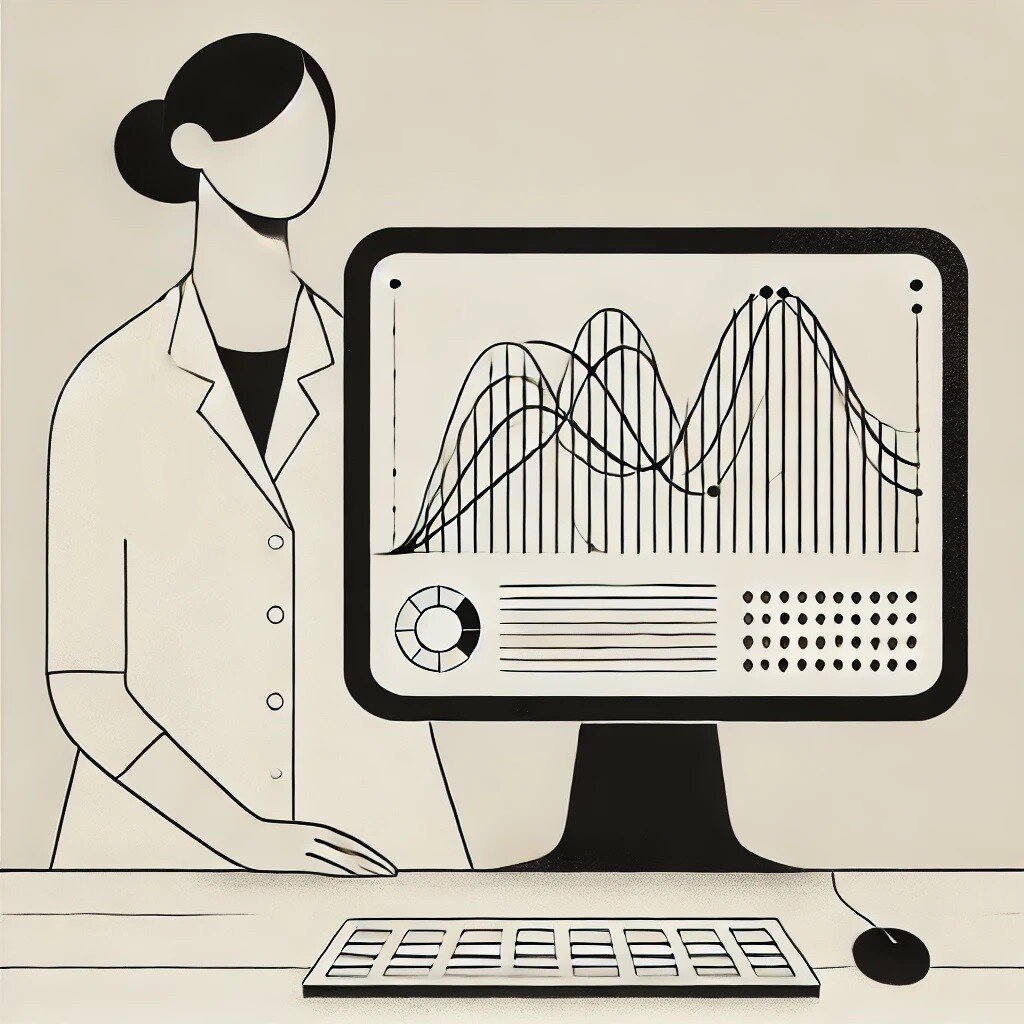Abstract
Background
Model-informed precision dosing (MIPD) optimizes drug doses based on pharmacokinetic (PK) model predictions, necessitating careful selection of models tailored to patient characteristics. This study evaluates the predictive performance of various vancomycin PK models across diverse age and BMI categories, drawing insights from a large multi-site database.
Methods
Adults receiving vancomycin intravenous therapy at United States health systems between January 1, 2022, and December 31, 2023, were included. Patient demographics, vancomycin administration records, and therapeutic drug monitoring levels (TDMs) were collected from the InsightRX database. Age and body mass index (BMI)-based subgroups were formed to assess model performance, with predictions made iteratively. The optimal model for each age-BMI subgroup was chosen based on predefined criteria: models were filtered for mean percentage error (MPE) ≤ 20% and normalized root mean squared error (RMSE) < 8 mg/L, and then the most accurate among them was selected.
Results
A total of 384,876 treatment courses across 155 US health systems were analyzed, contributing 841,604 TDMs. Eleven models were compared, showing varying accuracy across age-BMI categories (41%–73%), with higher accuracy observed once TDMs were available for Bayesian estimates of individual PK parameters. Models performed more poorly in younger adults compared to older adults, and the optimal model differed depending on age-BMI categories and prediction methods. Notably, in the a priori period, the Colin model performed best in adults aged 18–64 years across most BMI categories; the Goti/Tong model performed best in the older, non-obese adults; and the Hughes model performed best in many of the obese categories.
Conclusion
Our study identifies specific vancomycin PK models that demonstrate superior predictions across age-BMI categories in MIPD applications. Our findings underscore the importance of tailored model selection for vancomycin management, especially highlighting the need for improved models in younger adult patients. Further research into the clinical implications of model performance is warranted to enhance patient care outcomes.
Hughes M-S, Lee T, Faldasz JD, Hughes JH. Impacts of age and BMI on vancomycin model choice in a Bayesian software: Lessons from a very large multi-site retrospective study. Pharmacotherapy. 2024; 00: 1-9. doi:10.1002/phar.4613





